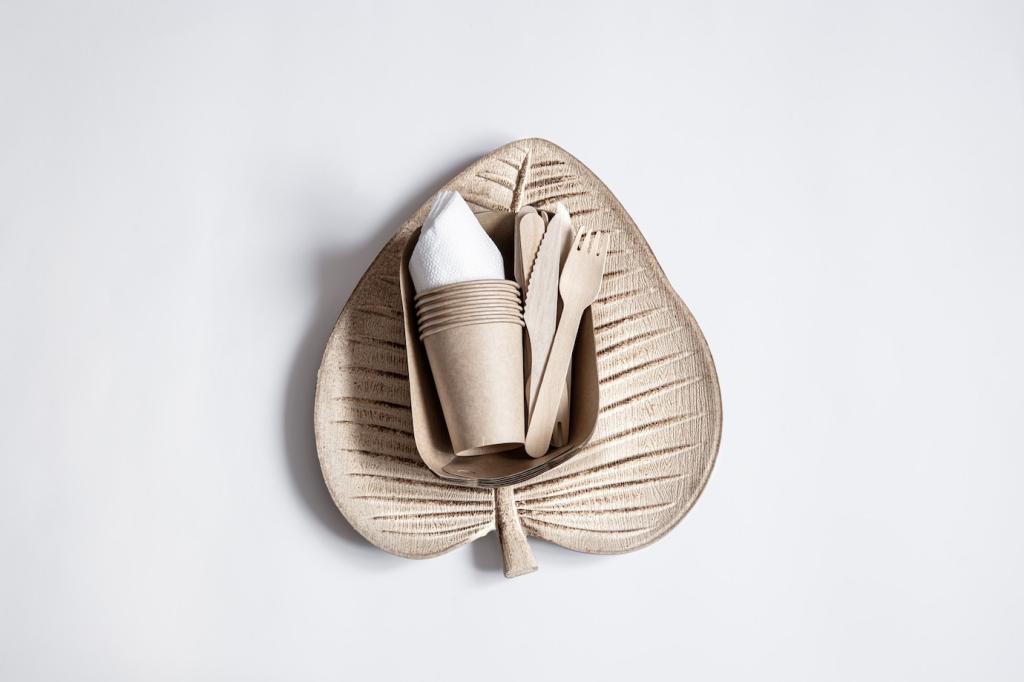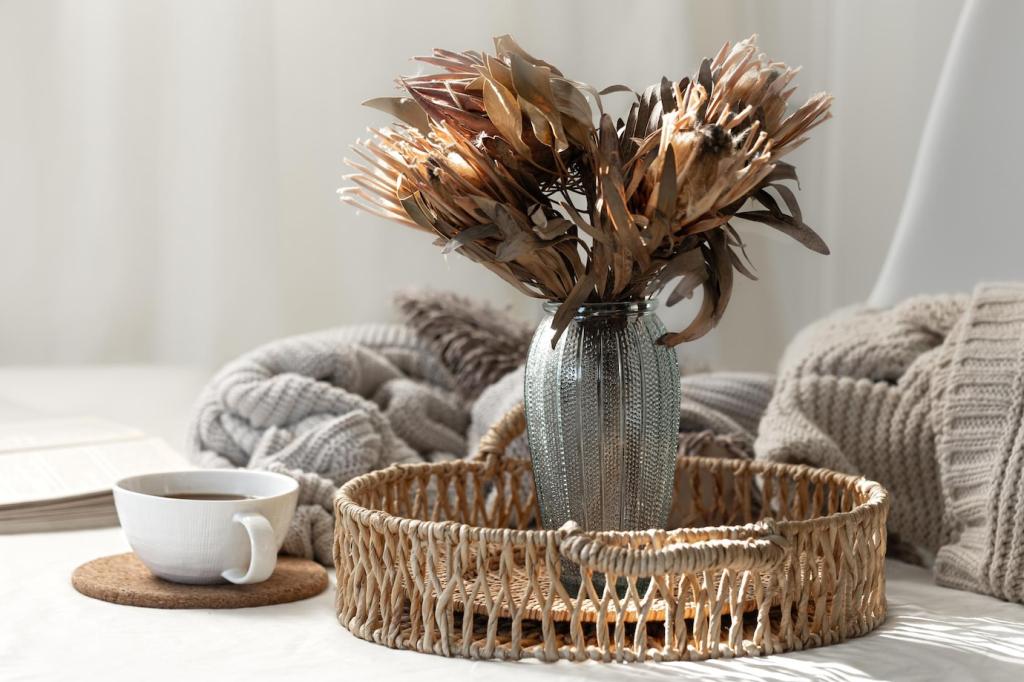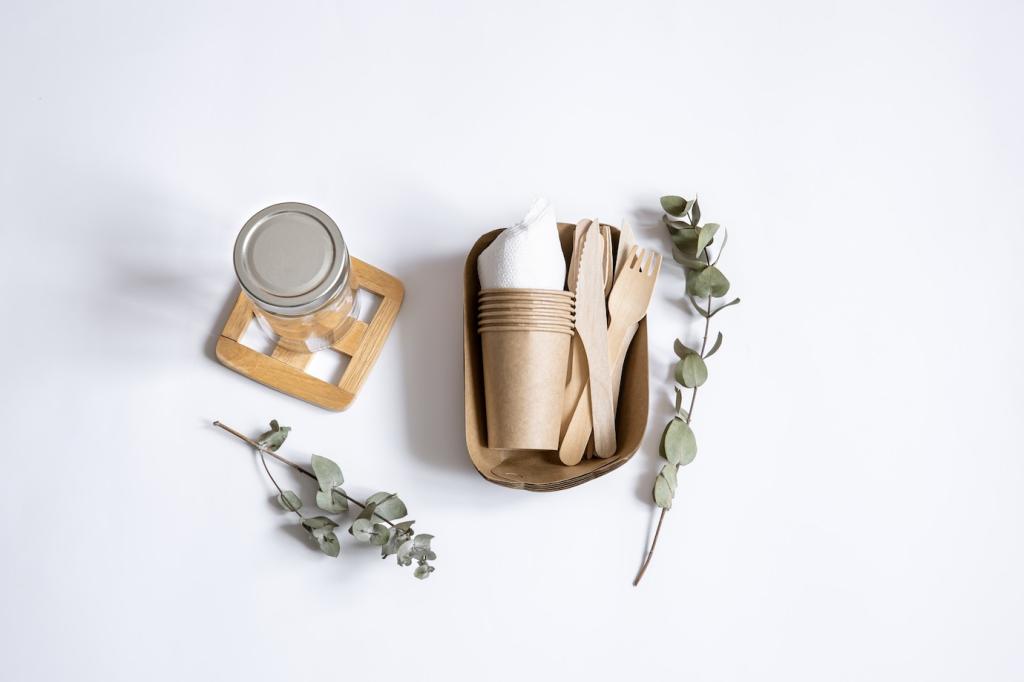Eco-Friendly Fabric Choices: Build a Wardrobe That Breathes With the Planet
Welcome to a fresh, practical journey into sustainable textiles—where comfort, style, and conscience meet. We will explore fibers, innovations, certifications, and daily habits that make your clothing gentler on the earth. Chosen theme: Eco-Friendly Fabric Choices.

What Makes a Fabric Eco-Friendly

Impact You Can Measure
Eco-friendly fabrics reduce water use, pesticides, energy, and pollution across their life cycle, from farm or forest to your closet and beyond. Think durability, recyclability, and ethical supply chains. Share a garment you love for its longevity, and tell us how it’s changed your shopping habits.

Beyond the Buzzwords
Green claims are everywhere, but proof matters. Look for life cycle data, third-party certifications, and transparent sourcing. Ask brands tough questions and reward honest answers. Subscribe to get our simple checklist for separating real sustainability from glossy marketing promises.

A Quick Story From the Field
On a rainy morning in Normandy, a flax grower showed me rain-fed fields that would become low-impact linen. He spoke about soil health like a proud chef guarding a family recipe. What fabric story moved you? Share it, and inspire our next guide.



Regenerated Cellulosics and Next-Gen Materials
Lyocell, often branded TENCEL, uses a closed-loop process that recovers over 99% of its solvent. Wood pulp should be FSC or PEFC certified to avoid deforestation. Love drape and softness? Share your favorite lyocell piece and we’ll send care tips to extend its silky life.

Recycled Fibers and Circular Choices
Recycled Polyester and Nylon
rPET and regenerated nylon (like ECONYL) reduce demand for virgin oil and can lower energy use. Beware microfiber shedding; wash cold, use a filter bag, and air-dry. Got a favorite recycled activewear piece? Share it and your laundering routine to help others prevent microplastic pollution.
Deadstock and Upcycled Fabrics
Deadstock rescues quality textiles from warehouses, cutting waste and sparking creativity. Expect limited runs and unique textures that make garments feel personal. Discovered an incredible deadstock source? Drop a link and we’ll compile a community map for makers and mindful shoppers.
Design for Disassembly
Monomaterial garments, detachable trims, and compatible sewing threads make recycling far easier. Look for clear fiber labels and minimal hardware. Want a simple checklist for circular design when you shop or sew? Subscribe, and we’ll send a printable one-page guide to your inbox.
Certifications, Labels, and Trust
Know Your Seals
GOTS covers organic fibers with strict social and chemical criteria. OEKO-TEX Standard 100 checks finished products for harmful substances. Bluesign monitors chemical management. Fair Trade addresses labor conditions. FSC and PEFC protect forests. Which labels do you rely on? Tell us why.
Traceability Tech Is Growing
QR codes, batch numbers, and digital product passports are making supply chains visible. Some brands test blockchain for proof of origin. Scan labels, follow their trail, and report back. Your feedback helps us rank the most transparent brands worth supporting in our monthly roundup.
Price vs. Value
Cost-per-wear reframes the conversation. A well-made linen shirt worn weekly for years beats three cheap synthetics. Have a piece that outlived trends? Share its story, and we’ll feature reader highlights to show how value grows as waste shrinks.
Wash Smarter, Wear Longer
Wash cold, skip the dryer, and choose gentle detergents to preserve fibers and color. Use a microfiber-catching bag for synthetics. Store knits flat and add cedar for moth protection. What’s your favorite low-energy laundry hack? Share it and help another reader save water and wear.
Mend, Tailor, Celebrate Patina
Visible mending, from sashiko to creative patchwork, adds personality while extending life. Tailoring improves fit and reduces impulse replacements. Planning a repair night or swap? Post the date—let’s grow local circles where skills, stories, and fabrics get a second chance together.
Compost and Recycle Responsibly
Pure, undyed natural fibers can sometimes be composted if free of trims and finishes. Blends are trickier—seek textile recycling points and take-back programs. Want a city-by-city directory? Subscribe, and we’ll build it with your recommendations and real-world success stories.
